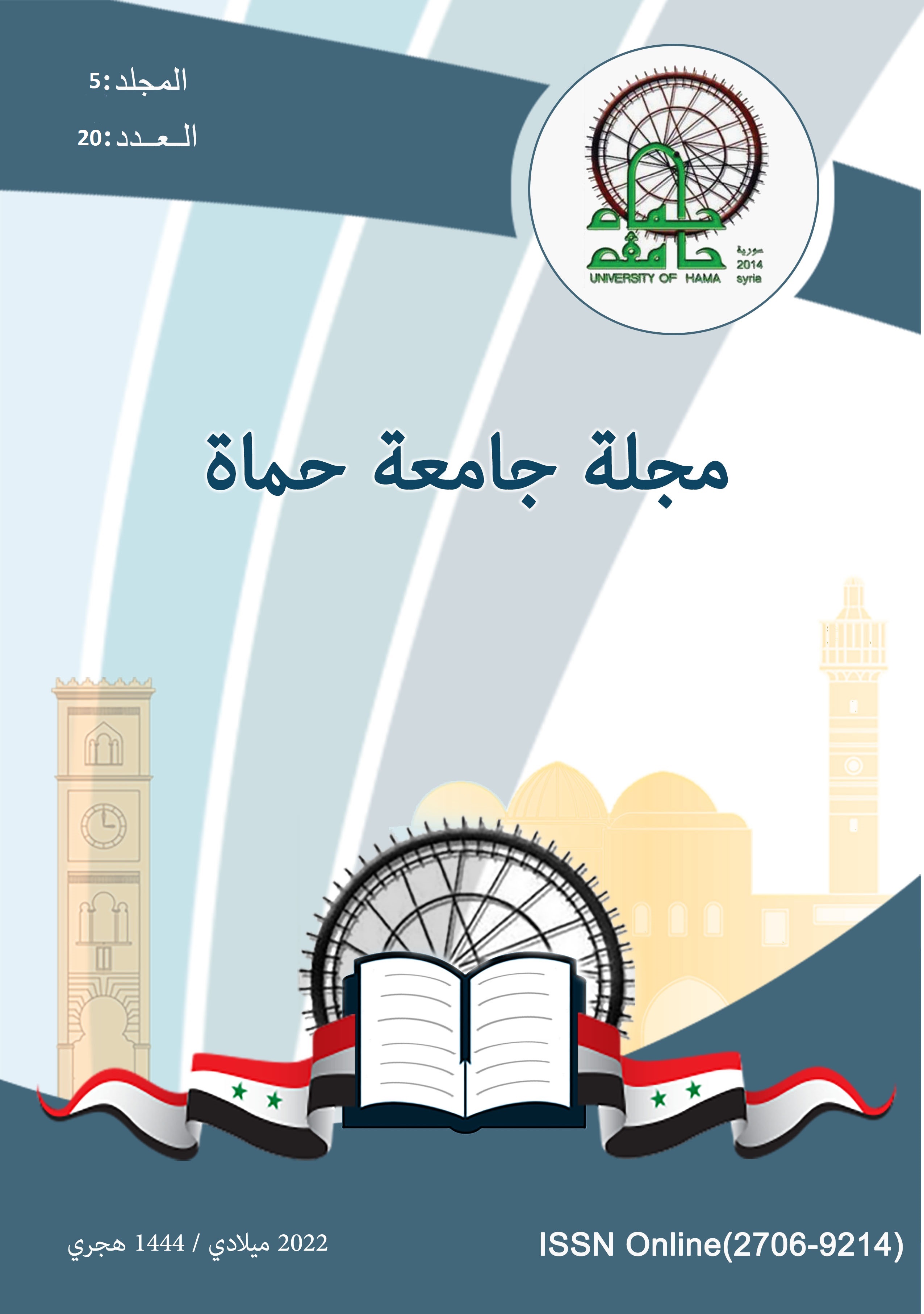Estimating the total water demand for the industrial city in Hasia
الملخص
This research includes a detailed survey of the existing factories in the industrial city in Hasia, in addition to the administrative and service activities, in order to identify the actual water needs and the design water needs of the facilities and activities included in the survey, and the quality of the water required for use.
This research aims to determine the standard needs of each type of industries and other events in the industrial city, leading to an estimate of the amount of total water needs for the industrial city when it is fully invested, and to determine the quality of the required water.
The research reached to determine the standard need for water in industry at about 26,399 m3/year/hectare that varies according to the type of industries: food 44476 m3/year/ hectare, textile 35588 m3 / year / hectare, chemical 14178 m3 / year / hectare, engineering 11355 m3 /year/ Hectare. As for the standard need for water in administrative and service activities, it amounted to 1805 m3 /year/ hectare. In terms of water quality, the percentage of fresh water required for industrial use reached 82.39% and varies according to the type of industry, ranging from 29% in the chemical industries to more than 99% in the food industries. As for the expected total water need for the city, it was estimated at 24.436 million m3/year, of which 19.360 million is fresh water and the rest is non-fresh water. The research also found that the current water source, which can provide the city with up to (6) million m3/year, is insufficient.
At the end of the research, several Proposals were made to secure the required quantities of water in terms of quantity and quality in the short and long term, in order to ensure the provision of the city's water needs in a reliable manner commensurate with the large industrial investments made in it.
References
1. داود، معن. (2011). تأثير إتاحة الموارد المائية على الأقاليم التنموية في الجمهورية العربية السورية. دمشق: هيئة التخطيط الإقليمي.
2. المنتدى العربي للبيئة والتنمية. (2012). دليل كفاءة المياه. لبنان، بيروت، المنتدى العربي للبيئة والتنمية. 104 ص.
3. وزارةالأشغال العامة والأسكان. (2021). الأطار الوطني للتخطيط الاقليمي. سورية، دمشق.
4. مديرية المدن والمناطق الصناعية. (2020). التقرير السنوي للمدن والمناطق الصناعية لعام 2019. سورية، دمشق. 72 ص.
5. وزارة الإدارة المحلية والبيئة. (2020). تقدير الاحتياجات الموضوعية للمدن الصناعية. دمشق، سورية. تقرير غير منشور.
6. وزارة المياه والري، سياسة إحلال المياه وإعادة الاستخدام. (2016). عمان، المملكة الأردنية الهاشمية. 27 ص.
7. المكتب المركزي للإحصاء. (2020). المجموعة الإحصائية السنوية لعام 2020. دمشق. سورية.
2- المراجع الأجنبية:
1. AQUASTAT database (2021). FAO's Global Information System on Water and Agriculture. https://www.fao.org/aquastat/en/ .


